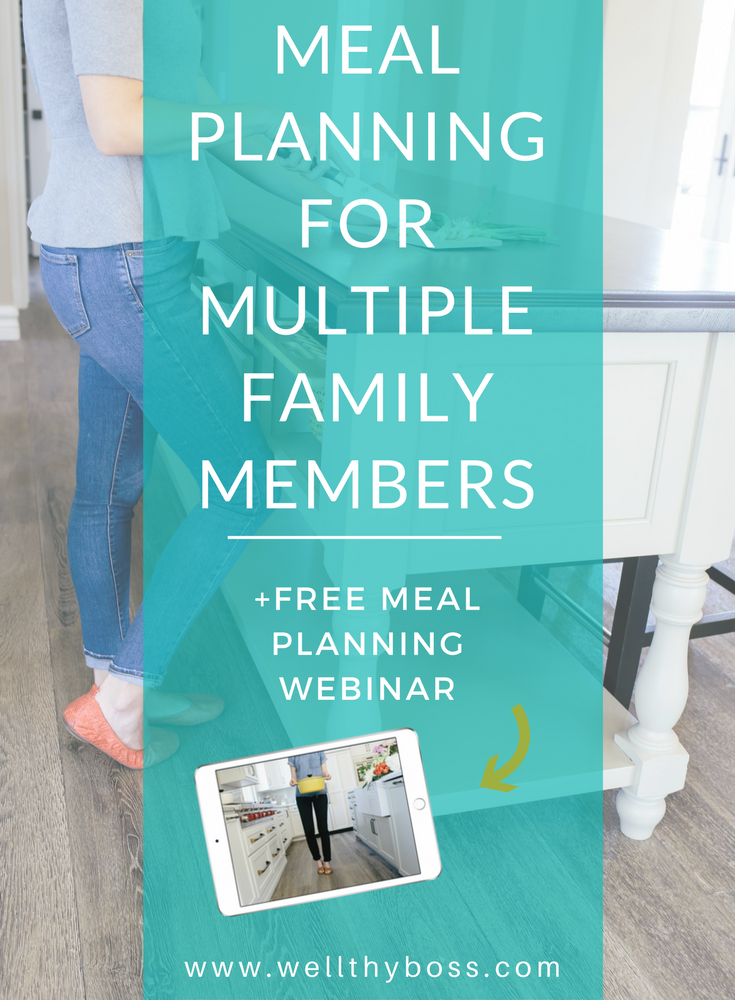
Podcast: Play in new window | Download
Subscribe: RSS
The devil is in the details.
You want to get healthier. You decide that cooking at home more often would help you avoid the temptation of the drive-through or yet another Domino’s delivery. You look on Pinterest for recipes. You start making a list. But then…
Your efforts are met with a tepid reaction from all those other people whom you happen to share a home with.
Not factoring in the realities of meal planning for multiple family members can definitely create a roadblock to your healthy cooking intentions.
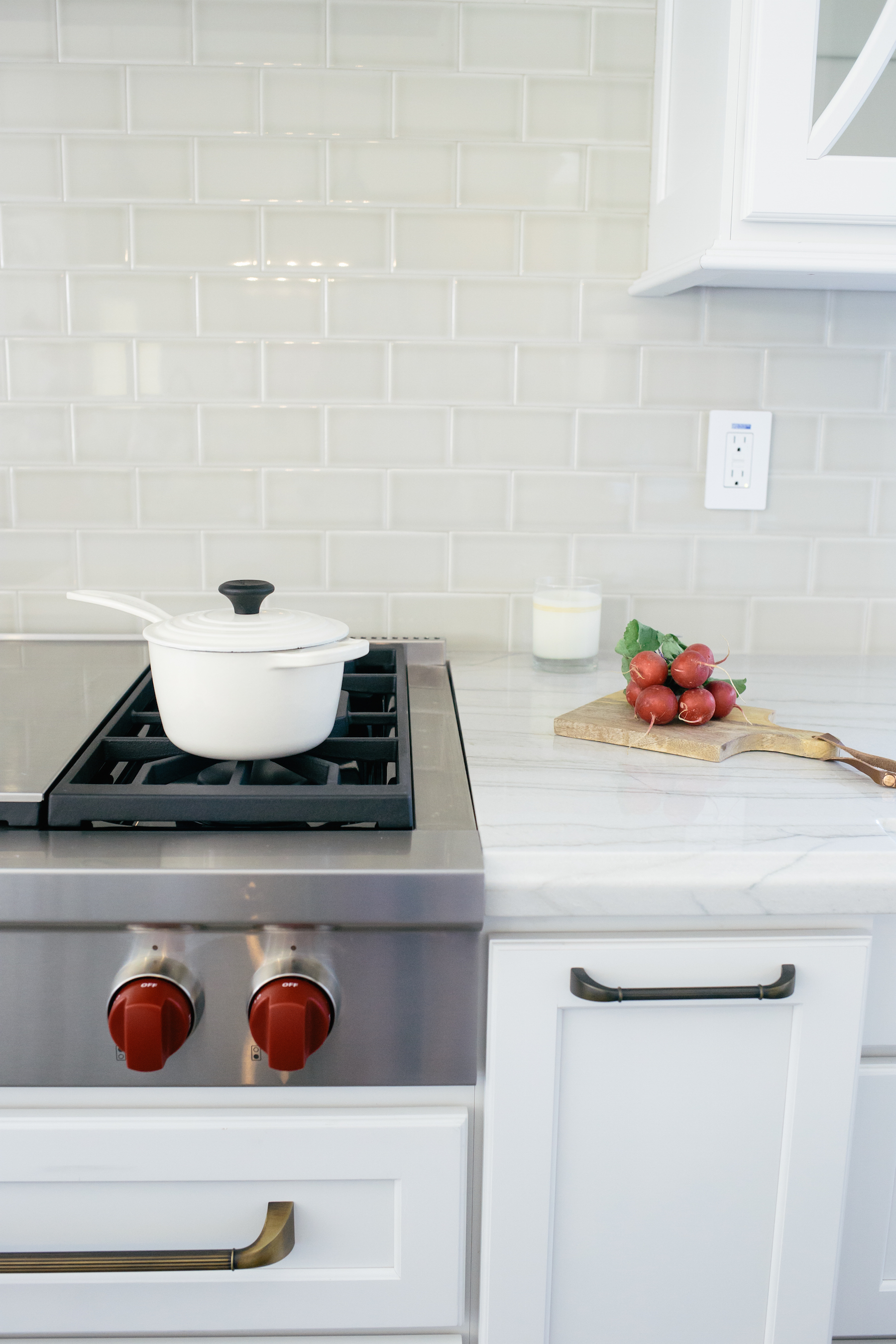
My biggest, #1, absolutely inviolable commandment when meal planning for multiple family members, is as follows:
Thou shalt not create multiple meals for multiple family members.
You, my pretty little hustler, frankly just don’t have time for it.
You’re working around the clock to build your empire, make the sale, and keep all the trains running (without letting your family flounder either).
That’s why, while I DO want you to invest the right amount of time into your health so you are functioning at peak performance, I don’t want you wasting a precious second of it.
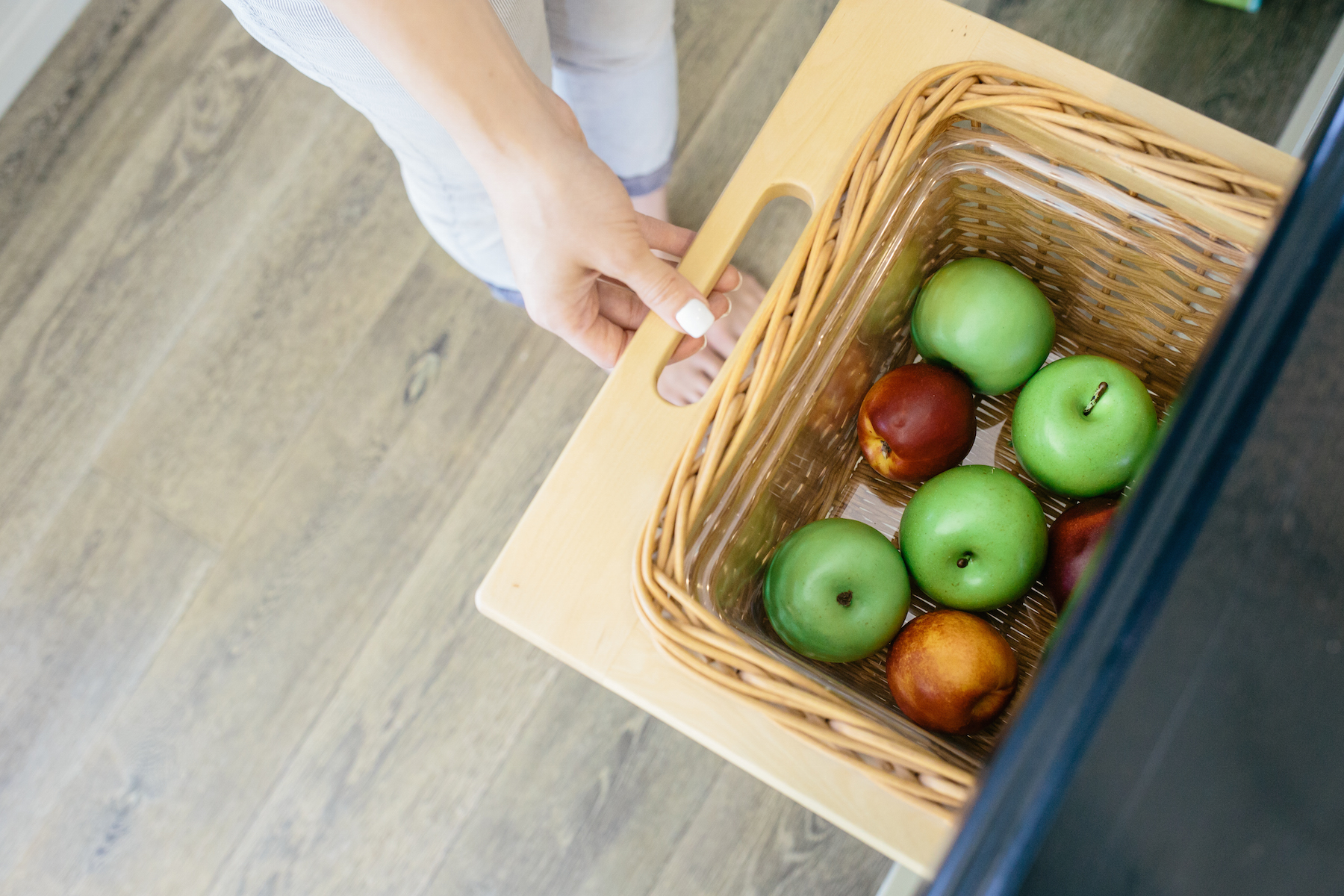
Here’s how this may play out in your particular family dynamics:
DIETARY RESTRICTIONS
Whether your household includes someone with Celiac disease, a diabetic, or a vegetarian, you will have to bow down to the lowest common denominator in terms of restrictions (slight accommodations excepted, which we’ll discuss below).
But take heart. This still leaves you with plenty of healthy options. In fact, having MORE criteria by which you judge a recipe will actually give you a bit of mental relief by helping you narrow down the pool of choices.
Studies actually reveal that people who are the most consistently healthy eaters actually have LESS variety in their diet, not more. This is due, in part, to relying on a set of go-to’s that makes the planning and preparation process super repeatable.
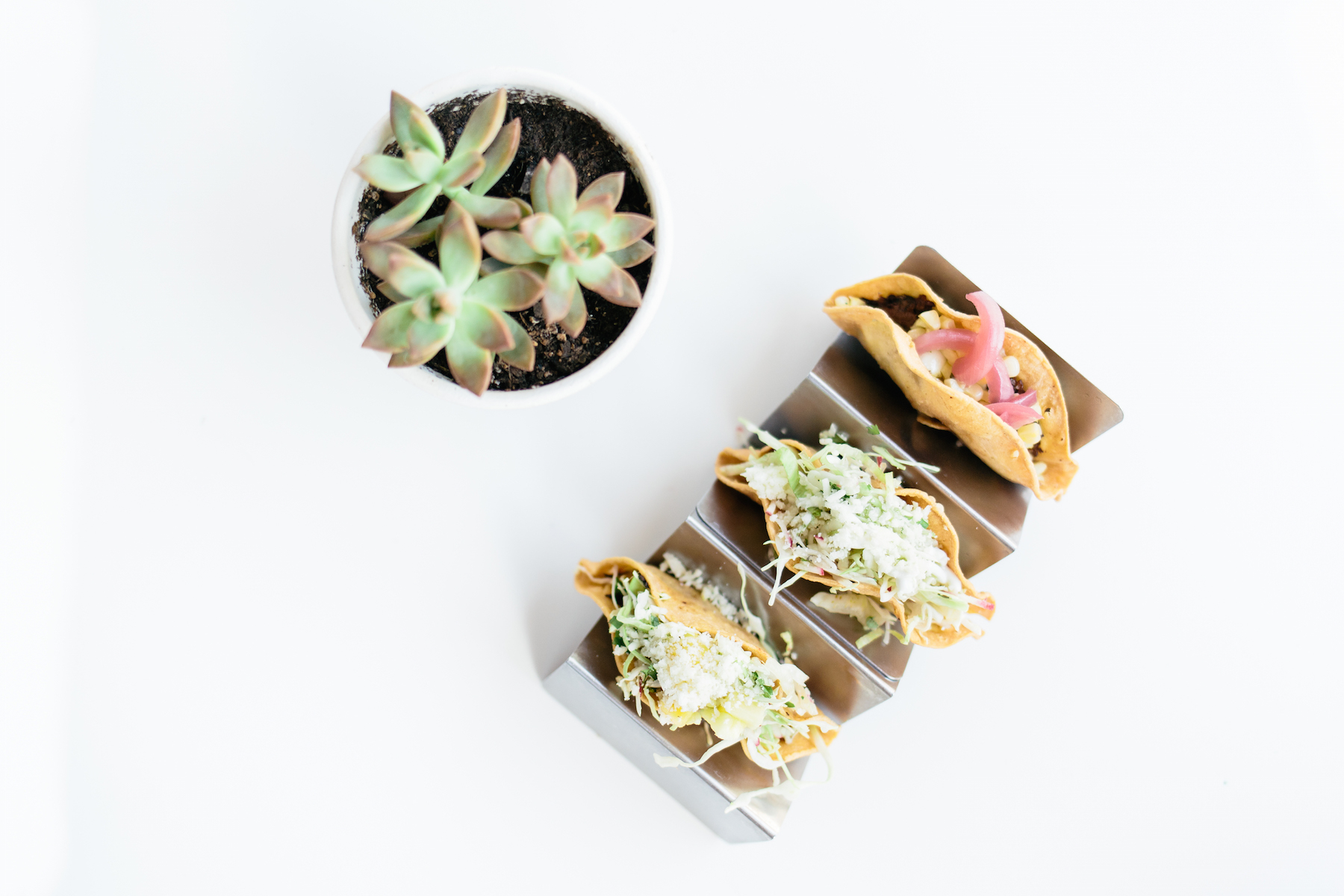
PICKY LITTLE ONES
While this cycle is admittedly much more difficult to break once it’s begun, feeding children highly processed, unhealthy foods out of fear that they’ll refuse to eat healthy food and thus not get enough to eat is a myth.
What’s unhealthy for you certainly isn’t healthy for the growing, developing cells of your young children.
Exposure to healthy foods at an early age is one of the most important life benefits you can bestow upon your child.
Other countries do much better with this than America does.

For example, in France’s government-sponsored daycare programs, toddlers are served fresh, whole-food-derived, 3-course meals consisting of such sophisticated things as braised leeks or beet salad with chicken skewers and ratatouille.
(For an interesting account into French preschools’s cuisine and other cultural norms, I recommend the book Bringing Up Bebe.)
That being said, you may still choose to keep the peace by narrowing the pool again to those healthy go-to’s that are most preferred by all.
If Little Johnny will eat peas but hates lima beans, I’m okay with your family eating a lot of peas in the coming years.
UNHEALTHY HONIES
While I don’t have direct experience with being married to a junk food junkie (Jeff and I met in yoga class, after all), by virtue of being married for 7 years there are some things I know to be true about changing any habits together.
You can’t change someone who doesn’t want to be changed.
Nagging, as you probably have encountered in umpteen other marital scenarios, usually doesn’t lead anywhere good.
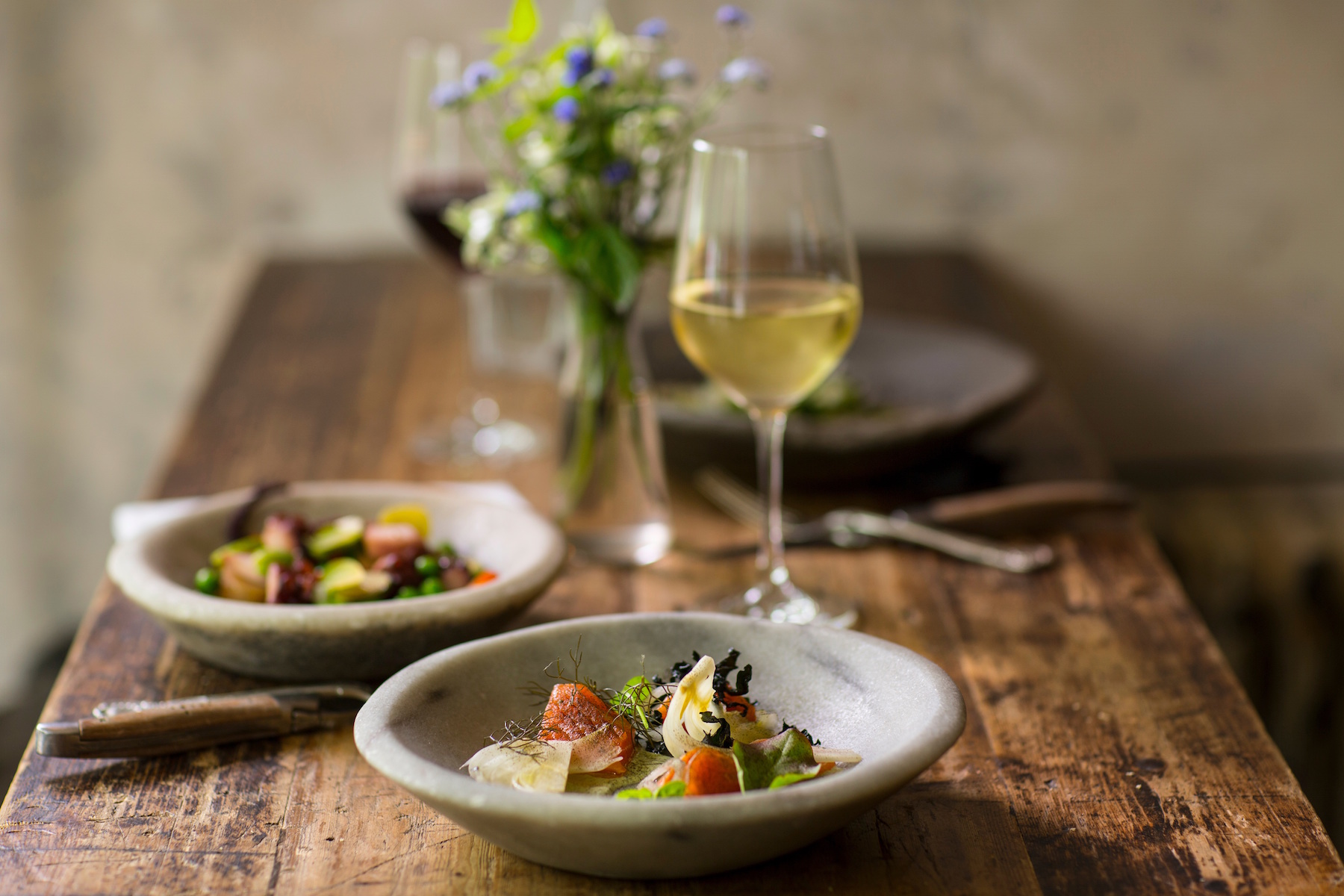
You CAN and SHOULD, however, recruit your loved one’s support for the things that are important to you.
Asking for your partner to help you make positive changes, especially in light of wanting to feel your best.
If your spouse isn’t willing to at least try to help you make these healthy changes, well–that’s a whole different conversation for another kind of expert!
If your significant other wants to support your healthy goals but isn’t that enthusiastic about making changes themselves, keep in mind that you can totally “clean up” traditional, comfort food picks that are usually the chosen fare of the unhealthy.
For example, I love creating this Clean Eating Tuna Noodle Casserole with whole grain pasta, Greek yogurt, and fresh celery and mushrooms.
Or you may try breading foods in flax meal instead of breadcrumbs.

So you don’t have to jump straight into beet salads and tofu cutlets if that just doesn’t work with your family.
(Hint: try taking whatever family favorites you have and doing a Pinterest recipe search with the keyword “clean eating” before the search term.)
Finally, I am okay with you allowing for easy modifications within the dinner table to suit a range of affinities (or lack thereof) for healthy eats.
For example, maybe you’ll put Ranch dressing on the table for the hubby or wife if they can’t live without, but you dress your salad with olive oil and lemon juice.
Or maybe you eat your tacos with a dollop of Greek yogurt, but your SO still wants their tried and true sour cream.
Eating with others does often require compromising in certain areas (I love spicy food; Jeff can’t touch it), but compromising your health and/or spending all day creating multiple meals needn’t be required.
To help you get laser-clear on which recipes will work for your family to put on rotation (and then creating a repeatable system for grocery shopping and prep so you don’t have to reinvent the wheel each week), I invite you to attend my free master class: The Busy Entrepreneur’s Meal Planning Shortcuts“!
FREE MEAL-PLANNING MASTER CLASS




